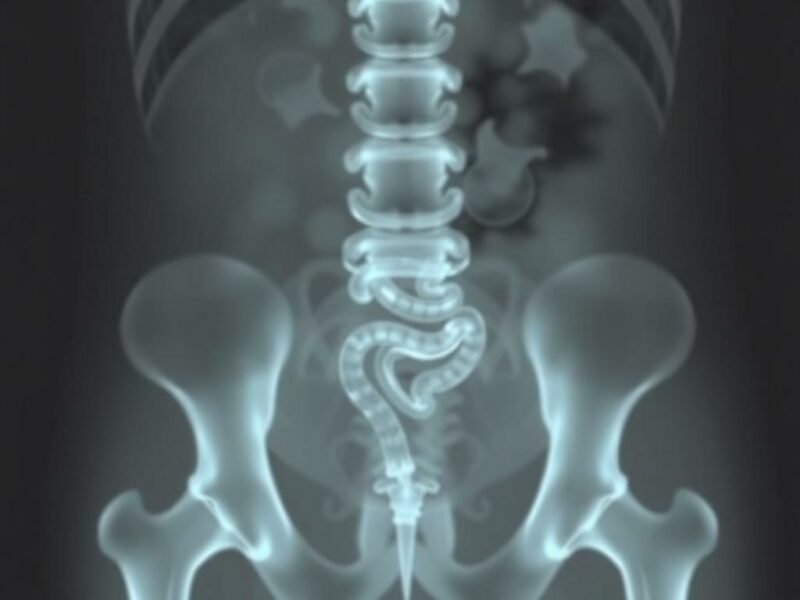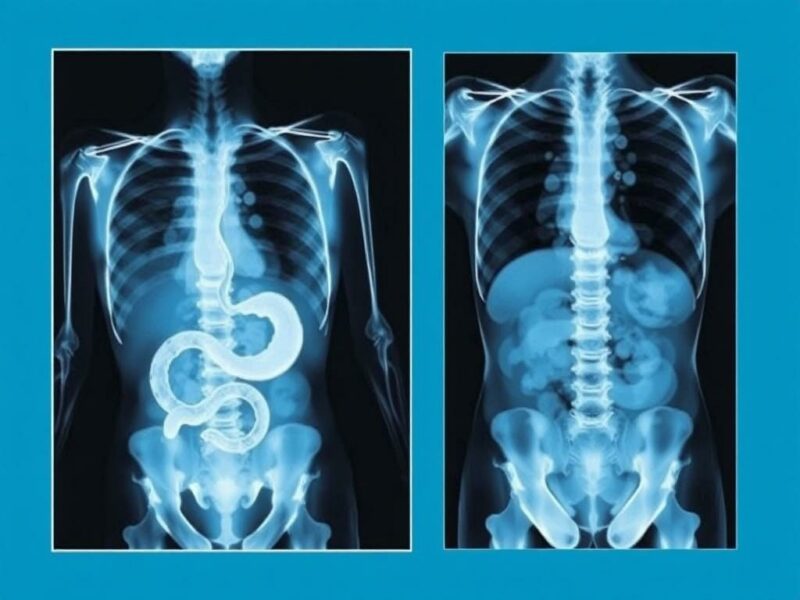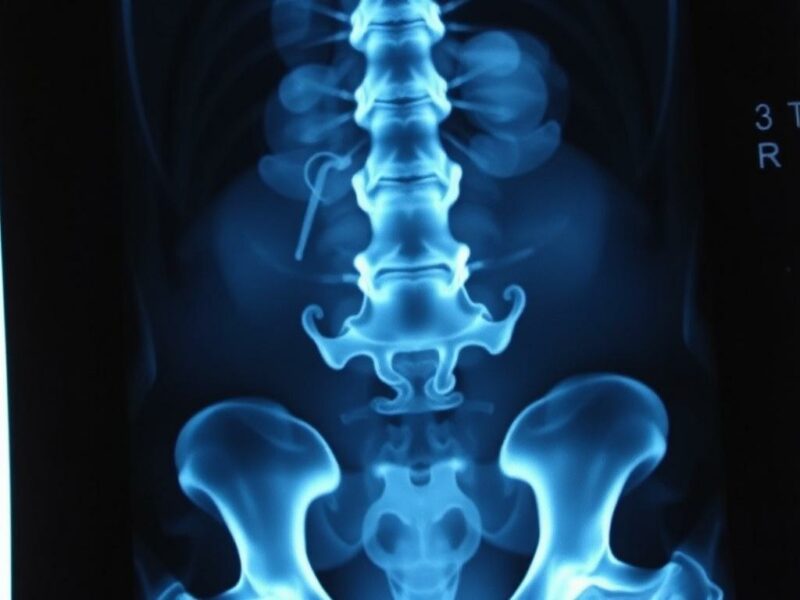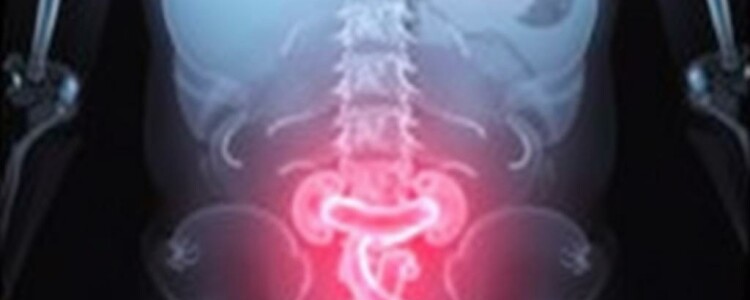Appendicitis is a common and urgent medical condition that affects people of all ages. When the appendix becomes inflamed, it requires swift evaluation and often surgical intervention. One of the diagnostic tools frequently employed in hospitals is the X-ray. But how exactly do X-rays fit into the diagnostic process for appendicitis, and what can they reveal? In this article, we will take a deep dive into X-rays and appendicitis, exploring their relationship, the pros and cons of using X-rays, and alternative imaging methods that might be employed.
What Is Appendicitis?
Appendicitis occurs when the appendix, a small tube-like organ attached to the large intestine, becomes inflamed or infected. This condition typically presents with sharp pain in the lower right abdomen, fever, nausea, and loss of appetite. If untreated, an inflamed appendix can burst, leading to severe complications like peritonitis or abscess formation.
The diagnosis of appendicitis can sometimes be straightforward, based on clinical signs and symptoms alone, but in many instances, imaging studies are essential to confirm the condition. This is where various diagnostic tools, including X-rays, come into play.
Why Use X-rays in Appendicitis?
X-rays are a form of radiation that passes through the body, producing images of internal structures on film or digital media. While X-rays are more commonly used for bone injuries or chest problems, they also have roles in abdominal issues, including appendicitis.
Doctors might order an abdominal X-ray during the evaluation of suspected appendicitis for a few reasons:
- To rule out other causes of abdominal pain, such as bowel obstruction or perforated ulcers.
- To look for signs of an appendiceal fecalith, which is a hard stone-like mass sometimes visible on X-rays and can cause appendiceal blockage.
- To identify abnormal gas patterns or free air in the abdominal cavity, which might suggest a rupture of the appendix.
However, it is important to note that X-rays alone are not particularly sensitive or specific for diagnosing appendicitis itself.
Limitations of X-rays in Diagnosing Appendicitis
Despite their accessibility and speed, X-rays are generally considered of limited usefulness in directly diagnosing appendicitis because the appendix is a small soft tissue structure that does not show up clearly on plain radiographs. Often, the inflammatory changes do not alter the appearance of abdominal X-rays unless complications arise.
Some key limitations include:
- Low sensitivity: Many patients with appendicitis have normal X-rays, which means a negative X-ray doesn’t rule out the condition.
- Low specificity: Abnormal findings on X-rays, such as localized gas patterns, can be nonspecific and appear in other abdominal diseases.
- Radiation exposure: While the dose is relatively low, unnecessary exposure should be minimized, particularly in children and pregnant women.
Because of these limitations, physicians often rely on other imaging modalities, such as ultrasound or computed tomography (CT), that provide better visualization of the inflamed appendix and surrounding tissues.
Imaging Alternatives to X-rays in Appendicitis Diagnosis

The diagnostic process for appendicitis usually involves a combination of patient history, physical examination, laboratory tests, and imaging studies. When imaging is needed, ultrasound and CT scans are the most common alternatives.
Ultrasound
Ultrasound is a painless, radiation-free imaging technique that uses sound waves to create images of the appendix. It is especially favored for children and pregnant women due to its safety profile.
Advantages of ultrasound in diagnosing appendicitis include:
- Ability to directly visualize an inflamed appendix and surrounding fluid.
- Ability to assess blood flow to the appendix using Doppler imaging.
- Immediate availability and relatively low cost.
Disadvantages include operator dependence and reduced sensitivity in patients with higher body fat or excessive bowel gas.
Computed Tomography (CT)
CT scan is considered the gold standard for appendicitis diagnosis due to its high accuracy. It provides detailed cross-sectional images that allow doctors to see the appendix clearly and identify complications.
Advantages of CT include:
- High sensitivity and specificity.
- Ability to detect alternative diagnoses if appendicitis is ruled out.
- Useful in complicated or atypical presentations.
The main disadvantage is exposure to a higher dose of radiation compared to X-rays, making it less ideal for children and pregnant women unless absolutely necessary.
Typical Findings of X-rays Related to Appendicitis
While X-rays are not primary diagnostic tools for appendicitis, certain findings can raise suspicion or indicate complications.
| X-ray Finding | What It Indicates | Relevance to Appendicitis |
|---|---|---|
| Fecalith or appendicolith | Calcified deposit in appendix | May obstruct appendix and cause appendicitis |
| Localized bowel ileus (gas pattern changes) | Partial bowel obstruction | Can be secondary to local inflammation |
| Free air under diaphragm | Perforated hollow organ | Possible rupture of appendix |
| Soft tissue mass in right lower quadrant (rare) | Inflammatory mass or abscess | Indicates advanced appendicitis |
These findings, although not definitive for appendicitis, provide valuable clues and can complement clinical judgment when determining the next steps in diagnosis or treatment.
The Process of Using X-rays in Suspected Appendicitis Cases

When a patient presents with symptoms suggestive of appendicitis, the physician first performs a thorough clinical evaluation. Based on this, if imaging is deemed necessary, the following approach might be taken:
- X-ray first: An initial plain abdominal X-ray may be ordered to evaluate for bowel obstruction or free air indicating perforation.
- Ultrasound follow-up: If X-rays are inconclusive, an ultrasound is generally the next step, especially in young or pregnant patients.
- CT if needed: In adults or cases where ultrasound is nondiagnostic, CT scan provides more definitive visualization of the appendix.
This process balances speed, safety, and diagnostic accuracy for the best patient outcome.
When Is an X-ray Most Useful in Appendicitis?
X-rays are not the frontline tool for diagnosing appendicitis, but they prove useful in certain scenarios:
- Emergency settings: When rapid evaluation is required and ultrasound or CT is unavailable.
- Suspected perforation: To check for free air, indicating a ruptured appendix.
- Rule out other conditions: Such as bowel obstruction, kidney stones, or constipation that might mimic appendicitis.
- Initial assessment: As part of a broader abdominal series to provide a quick overview.
Thus, while X-rays cannot confirm appendicitis, they still hold value as an initial investigative modality.
Patient Considerations: Safety and Comfort
When it comes to imaging in appendicitis evaluation, patient safety is paramount. X-rays expose patients to ionizing radiation, which although low in dose, accumulates with repeated scans and raises concerns, particularly for children, adolescents, and pregnant women.
Physicians weigh these risks against the benefits of rapid diagnosis. Ultrasound, which involves no radiation, is preferred when possible, but may not always be available or sufficiently diagnostic. CT scans deliver more radiation than X-rays, so imaging choices are made carefully to provide the best balance between accurate diagnosis and patient safety.
Regarding patient comfort, an X-ray is quick and non-invasive, requiring the patient to lie still for only a few moments. This can benefit patients already suffering from abdominal pain, by reducing discomfort during testing.
Key Takeaways: X-rays and Appendicitis
To summarize the role of X-rays in appendicitis, here is a quick overview table comparing imaging modalities used in appendicitis diagnosis:
| Imaging Modality | Primary Use | Advantages | Limitations | Radiation Exposure |
|---|---|---|---|---|
| X-ray | Rule out other conditions, look for perforation signs | Widely available, quick, inexpensive | Poor sensitivity/specificity for appendicitis itself | Low |
| Ultrasound | Direct visualization of appendix inflammation | No radiation, portable, safe for pregnancy | Operator dependent, limited in obese patients | None |
| CT scan | Definitive diagnosis, detect complications | Highly accurate, detailed images | Higher radiation dose, less suitable for children | High |
The Future of Imaging in Appendicitis Diagnosis
Medical imaging constantly evolves, and the diagnostic approach to appendicitis is no exception. Emerging technologies like MRI (magnetic resonance imaging) provide radiation-free alternatives with increasing accuracy. Some hospitals now use MRI, particularly in children and pregnant women, as a safe and reliable method to diagnose appendicitis without the drawbacks of X-rays or CT scans.
Artificial intelligence (AI) is also being developed to assist radiologists in interpreting imaging studies more efficiently and accurately, potentially speeding up diagnosis and reducing human error.
As technology advances, the use of X-rays in appendicitis might further diminish. Nonetheless, given their accessibility and speed, X-rays remain a useful tool in the diagnostic armamentarium, especially in resource-limited settings.
How Patients Can Prepare for Imaging Tests

If you find yourself needing imaging studies during an evaluation for appendicitis, understanding the basics of what to expect can alleviate stress.
– For an X-ray, wear comfortable clothing without metal that might interfere with the image. The procedure is brief and painless.
– Ultrasound requires exposing the abdomen and applying a gel to the skin. It may take 15-30 minutes depending on the thoroughness.
– CT scans typically need you to lie still on a table while the scanner rotates around your body. Sometimes contrast dye is administered orally or through an IV; inform your doctor about allergies.
Remember to communicate with healthcare providers about any concerns, allergies, or pregnancy status before imaging.
When to Seek Medical Care for Suspected Appendicitis
Recognizing appendicitis early can prevent complications. If you or someone you know experiences persistent abdominal pain, especially on the lower right side, accompanied by fever, nausea, or vomiting, seeking medical attention promptly is critical.
Although an X-ray by itself cannot rule in or out appendicitis conclusively, it forms part of the broader diagnostic toolkit, helping doctors determine the quickest and safest path toward treatment.
Final Thoughts on X-rays and Appendicitis
Diagnosing appendicitis promptly is vital to avoid potentially life-threatening complications. While X-rays have a limited role in directly confirming appendicitis, they are valuable tools in the initial diagnostic evaluation, primarily by ruling out other causes and detecting complications like perforation. Together with ultrasound and CT scans, X-rays contribute to a comprehensive assessment that guides timely and effective treatment.
As medical technology progresses, reliance on X-rays may shift, but their accessibility, speed, and safety profile ensure they remain part of the first-line investigations in many healthcare settings. Patients should feel empowered to ask questions, understand the imaging process they undergo, and collaborate with their healthcare team to provide the best care possible.
Conclusion
In summary, while X-rays are not the most definitive diagnostic tool for appendicitis, their role in initial assessment, ruling out differential diagnoses, and identifying complications is undeniable. Advances in ultrasound, CT, and MRI have transformed appendicitis diagnosis, offering more precise and safer options, but X-rays retain their place due to their accessibility and utility in emergency situations. Understanding the strengths and limitations of X-rays in appendicitis can help patients and healthcare providers make informed decisions and ensure timely, effective care when battling this common yet potentially serious condition.



